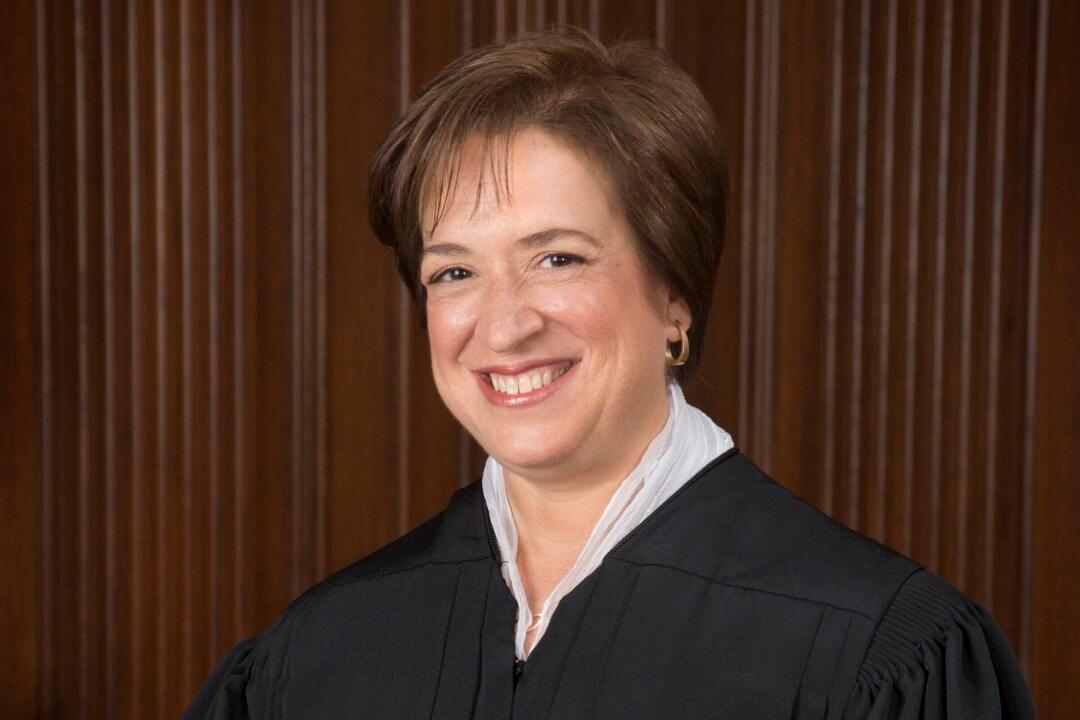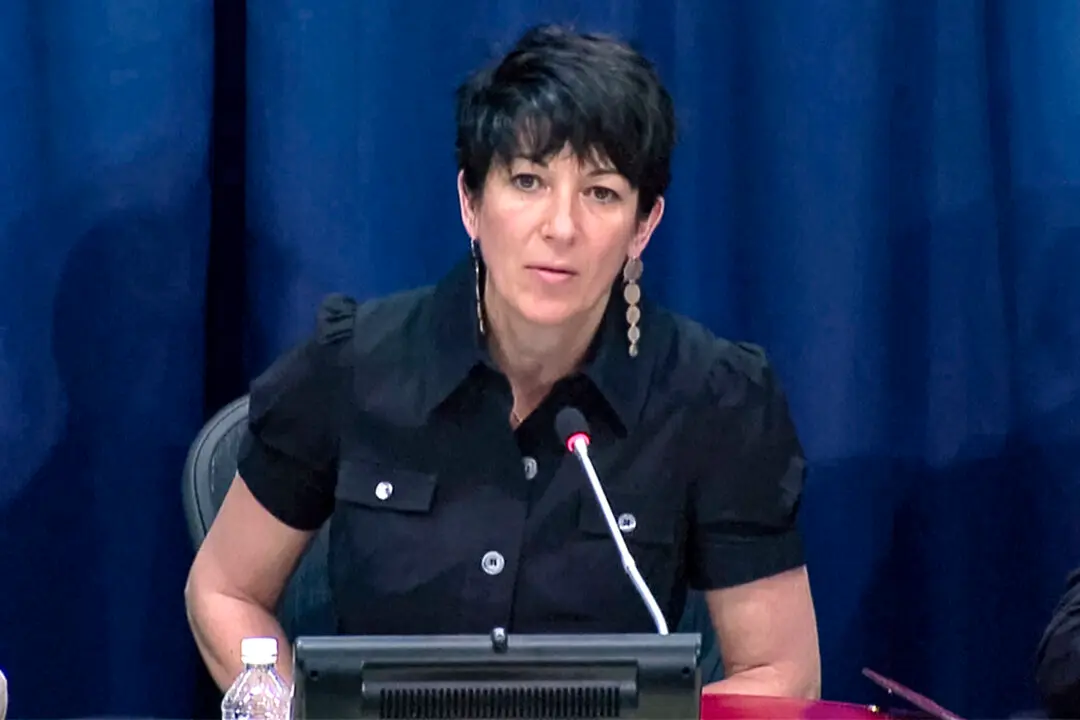The Supreme Court ruled 5–4 against a hospital system that serves low-income people in Washington state, finding that the formula the U.S. Department of Health and Human Services (HHS) uses to calculate Medicare reimbursements is correct.
The ruling is a victory for the Biden administration.





